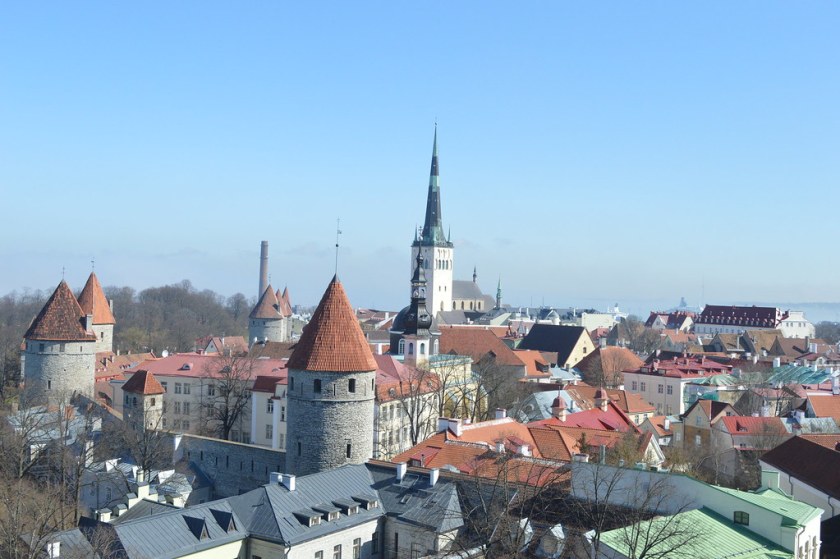 This scientist predicted AI-induced delusions…
This scientist predicted AI-induced delusions…
We live in incredible times with such possibilities that is clear. Although its easily dismissed reading Arduino’s new terms of service, reading the awful story of the man behind evil twin wifis on airplanes and please stop using AI browsers.
To quote Buckminster Fuller “You never change things by fighting the existing reality. To change something, build a new model that makes the existing model obsolete.”
You are seeing aspects of this with Apple working with the EU’s DMA, E-petition digital ID debate now on youtube and UK flat owners could have a legal right to fibre.
France turns hostile to privacy and encryption?
Ian thinks: Worrying that the stance on open Android apps outside the play-store is undecided, but even worst to see the crack down on encryption comes to the likes of privacy centred Graphene OS.
Remember the pipe dream of the metaverse?
Ian thinks: Travel back a few years when Facebook become Meta, Horizon worlds was on the tip of lots of tongues. But for the wrong reasons as this video makes super clear. Even I was shocked to see an average of 900 people using it along side #4.4 billion in loss income while Zuck’s glaze is elsewhere.
Remember Facebook dating?
Ian thinks: Talking about Meta, surprisingly Facebook dating its doing very well, although not promoted or talked about at all. There’s a plan to do more in 2026, I expect the changes at Hinge will have an influence to reflect Zuckerberg’s plans for more AI bots?
Dating coaching with Chat GPT?
Ian thinks: We all know people who are using AI for different aspects of life but as a dating coach is on the up-tick The notable part is this has been published in the female fashion magazine Elle, and indicates a worrying trend of AI mingling with human intimacy.
The enshittification of Airbnb and so much more…
Ian thinks: As a Airbnb host myself, I can agree about the enshittification of the platform Airbnb. I personally have had to fight against the decay of the platform from AI pricing, scramble for superhost status and so much more.
The everyday problems of privacy
Ian thinks: This video explains just a few of the problems with being private on the internet today. I recently did similar and found it painful, emailing back and forth to confirm everything, in the end I just gave up.
Talking LLM bias in detail
Ian thinks: AI bias was heavily talked about for years, then things went quiet. I found this detailed conversation with Harvard psychologist Mahzarin Banaji, perfectly timed in the face of the rise of LLMs. I found the API vs chat interface differences really powerful.
AI psychosis? What could be done?
Ian thinks: You likely have heard of it but its when AI echos and encourages paranoia and delusions. There are many real examples, but this well watched video although curated for performance shows how things can accelerate downwards ever so quickly. The big question is what can be done?
The authoritarian pipeline made visible
Ian thinks: Francesca Bria and others clearly highlight the huge problems with the current tech setup in the states. In this interactive mapping, its insane how interwoven everything is, but hardly surprising. What this means for Europe is a big question and the key point.
The next 10 years of public service in the UK?
Ian thinks: Every 11 years the UK government puts out a green paper for the future of the BBC public charter. As a public consultation, there is a call for feedback and thoughts on the future of public service and the BBC. Highly recommend spending the time on this, and its open to all
Like this newsletter? Find the monthly archive here







